- Home /
- Tattoo Removal Before after
Tattoo Removal Results & Before After in Pune
Witness the Remarkable Before and After Journey of Tattoo Removal Treatment.
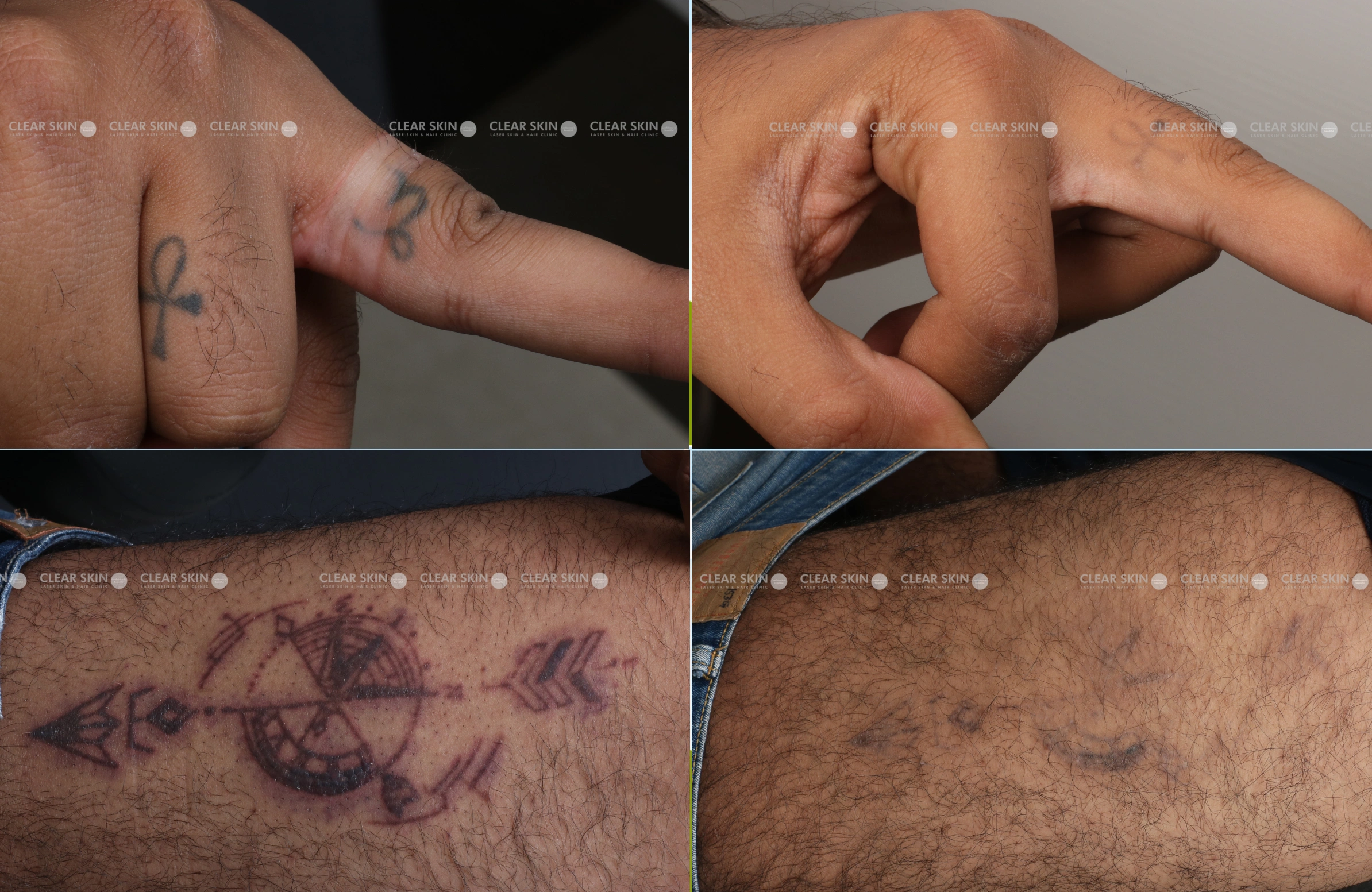
Struggling with an unwanted tattoo, our patient achieved clear and ink-free skin with our specialized tattoo removal treatment in 4 sessions within 4 months.
Conditions
Tattoo Removal
Treatment
QSwitched Nd Yag Laser, Diode Laser
Duration
4 months, 4 sessions (setting)
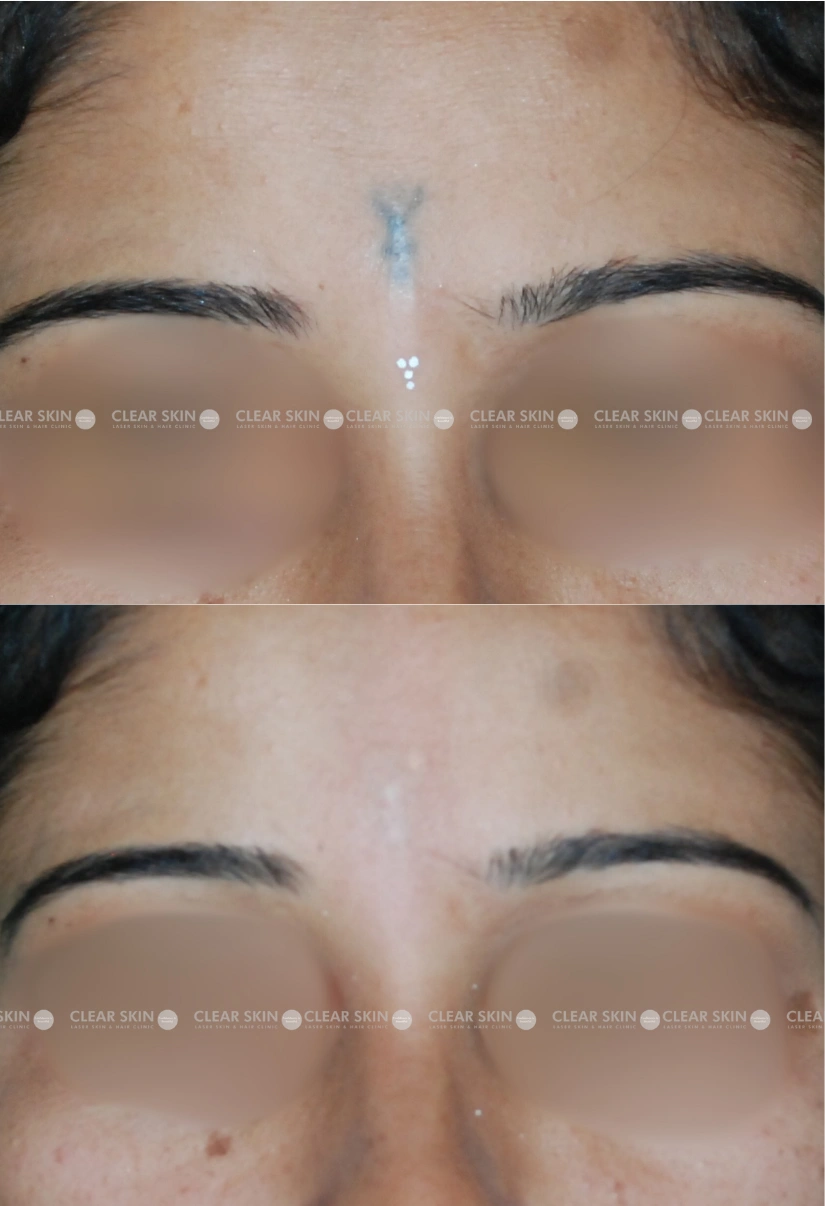
36 yrs old female from Pune
Conditions:Tattoo Removal
Session:3 sessions
Duration: 2 months
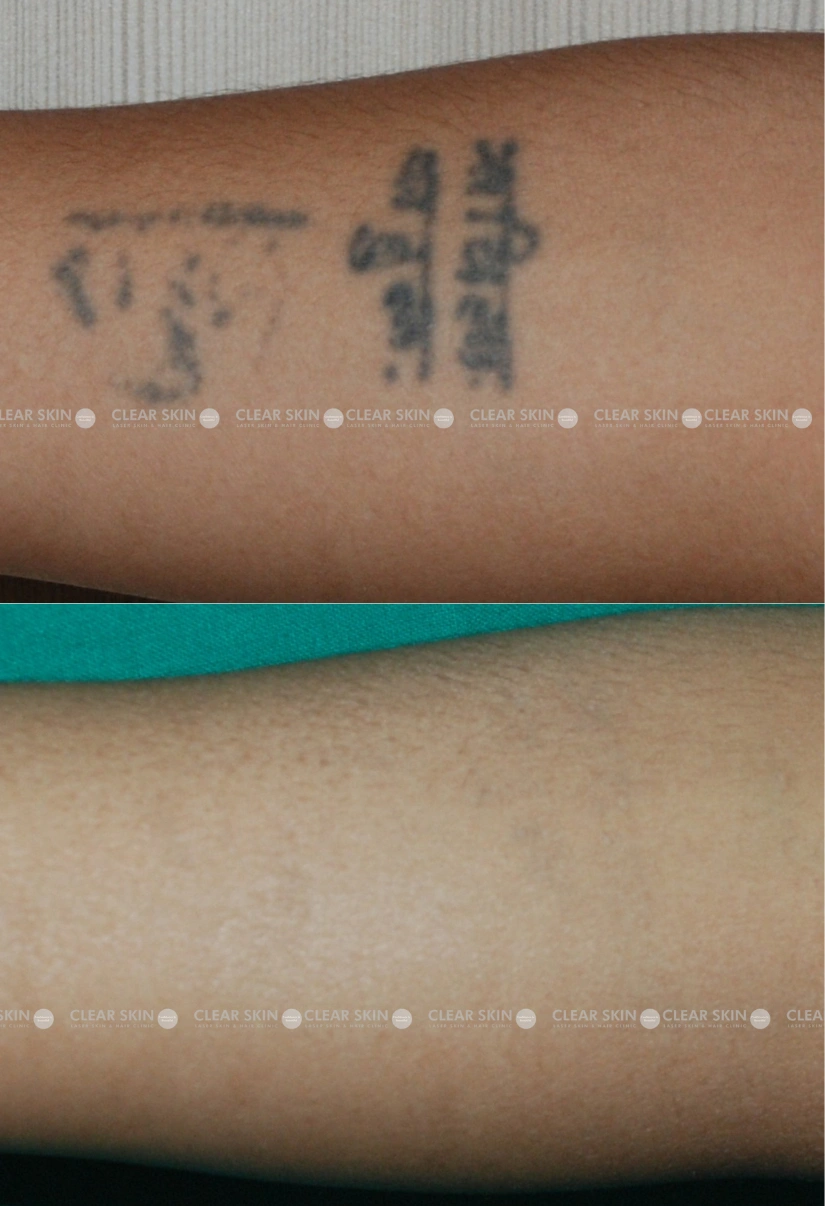
31 yrs old female from Pune
Conditions:Tattoo Removal
Session: 3 sessions
Duration: 2 months
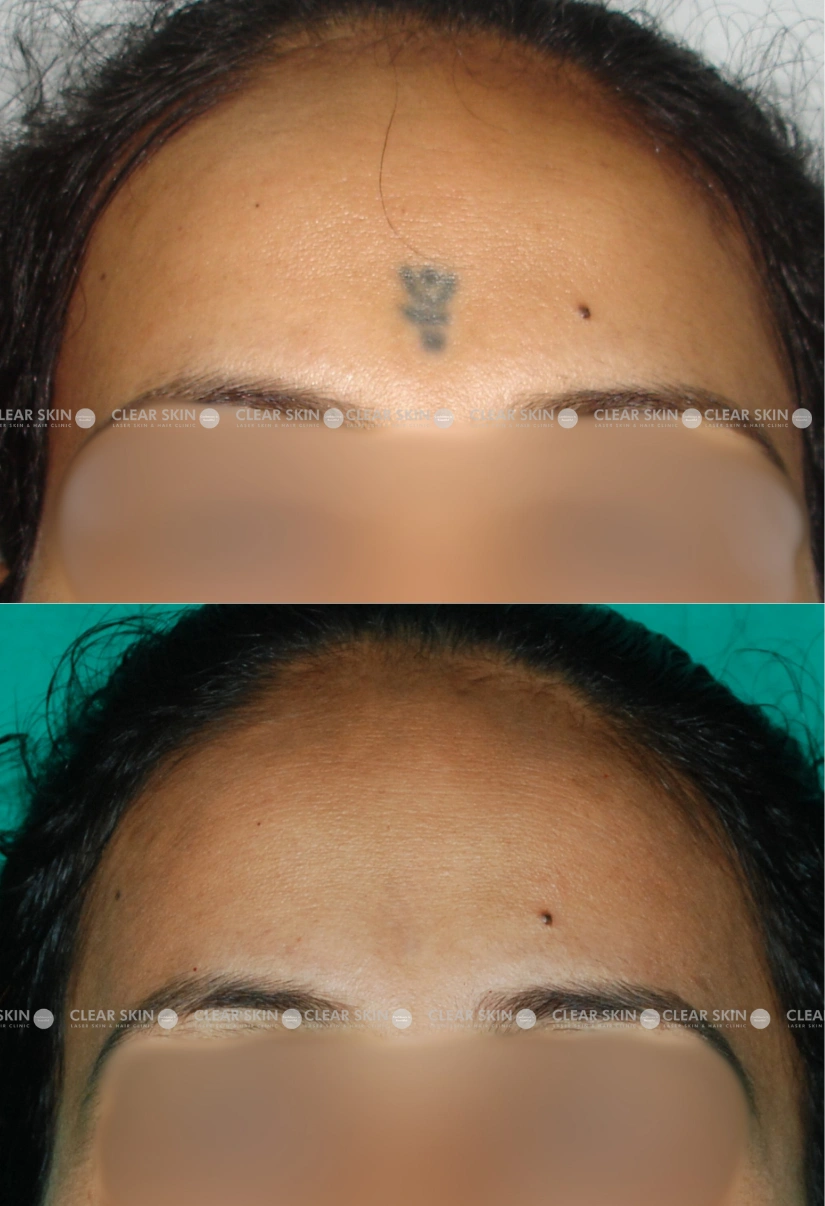
30 yrs old female from Pune
Conditions:Tattoo Removal
Session: 3 sessions
Duration: 2 months
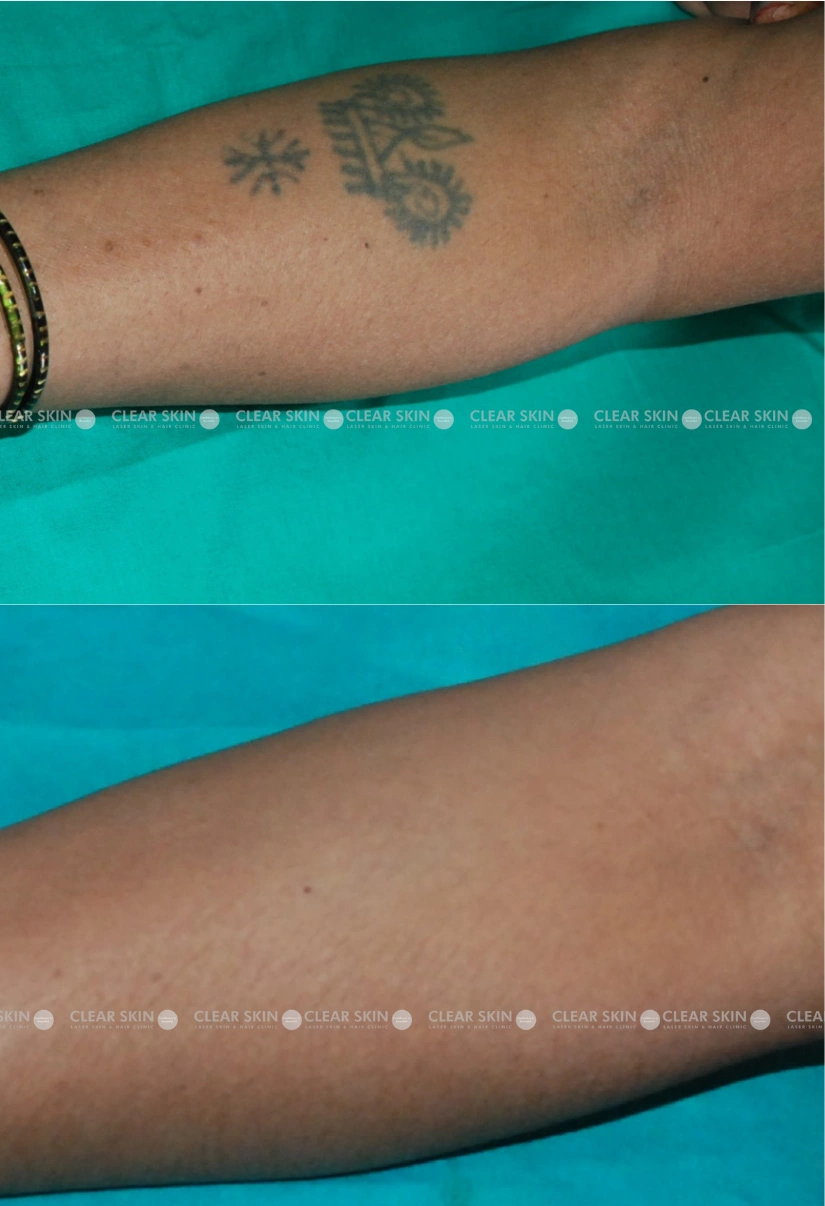
30 yrs old female from Pune
Conditions:Tattoo Removal
Session:3 sessions
Duration:3 months
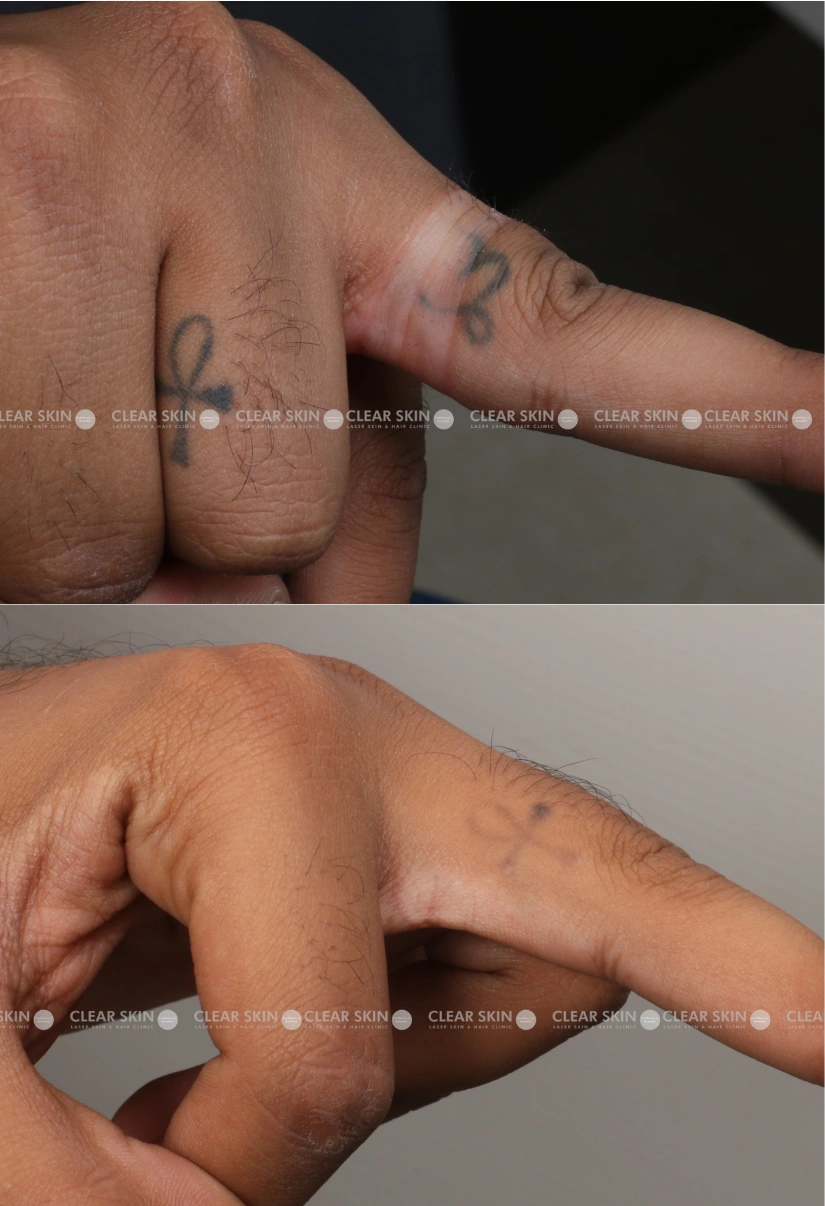
30 yrs old female from Pune
Conditions:Tattoo Removal
Session: 4 sessions
Duration: 4 months
Yes, Its Possible To Achieve Tattoo Removal Free Skin!
Schedule Consultation With Our Experts Today!
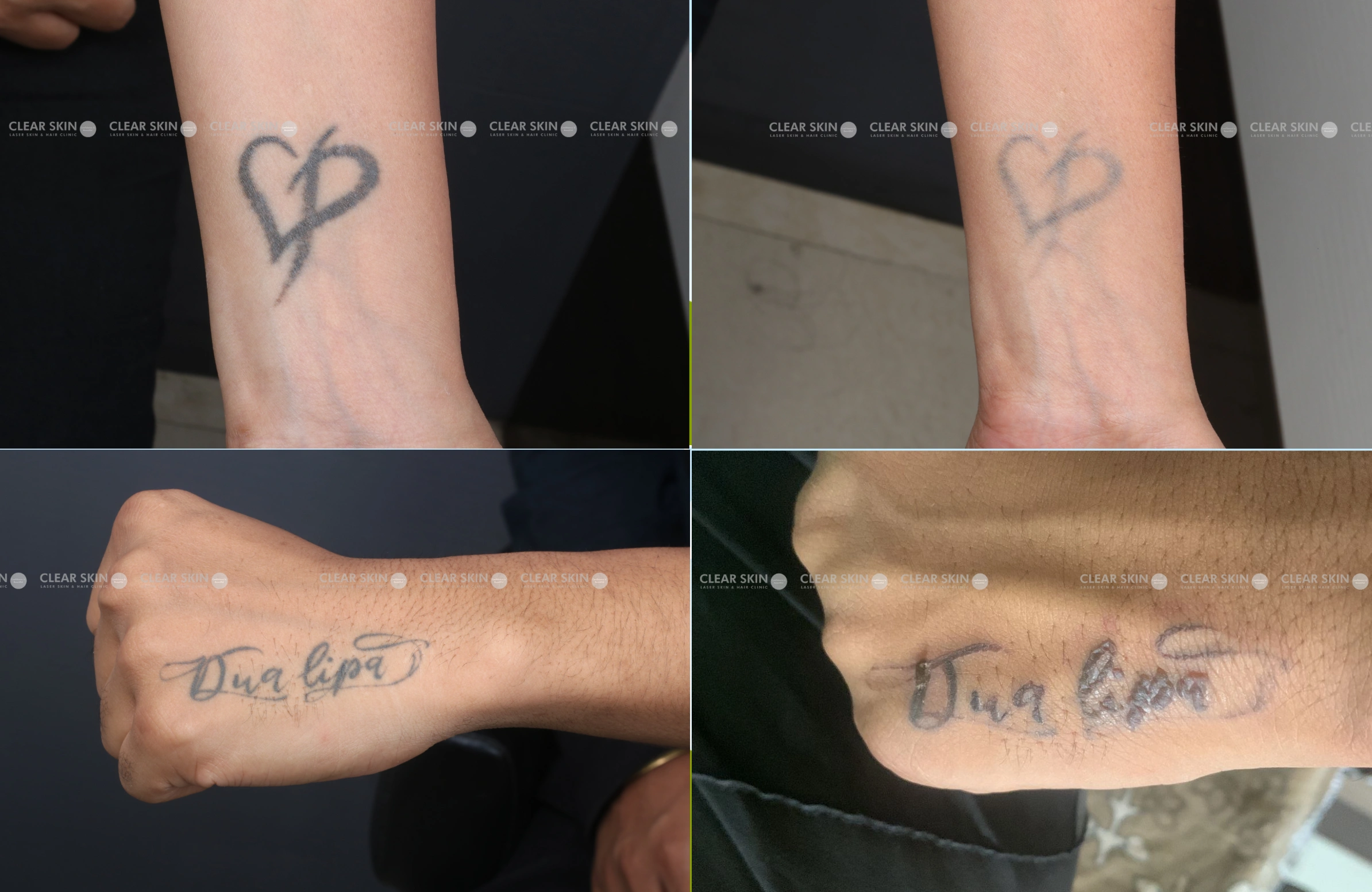
Our patient, after living with a regrettable tattoo, enjoyed complete removal and clear skin through our laser tattoo removal treatment in just 4 sessions over 5 months.
Conditions
Tattoo Removal
Treatment
Q Switched Nd Yag Laser, Diode Laser
Duration
5 months, 4 sessions
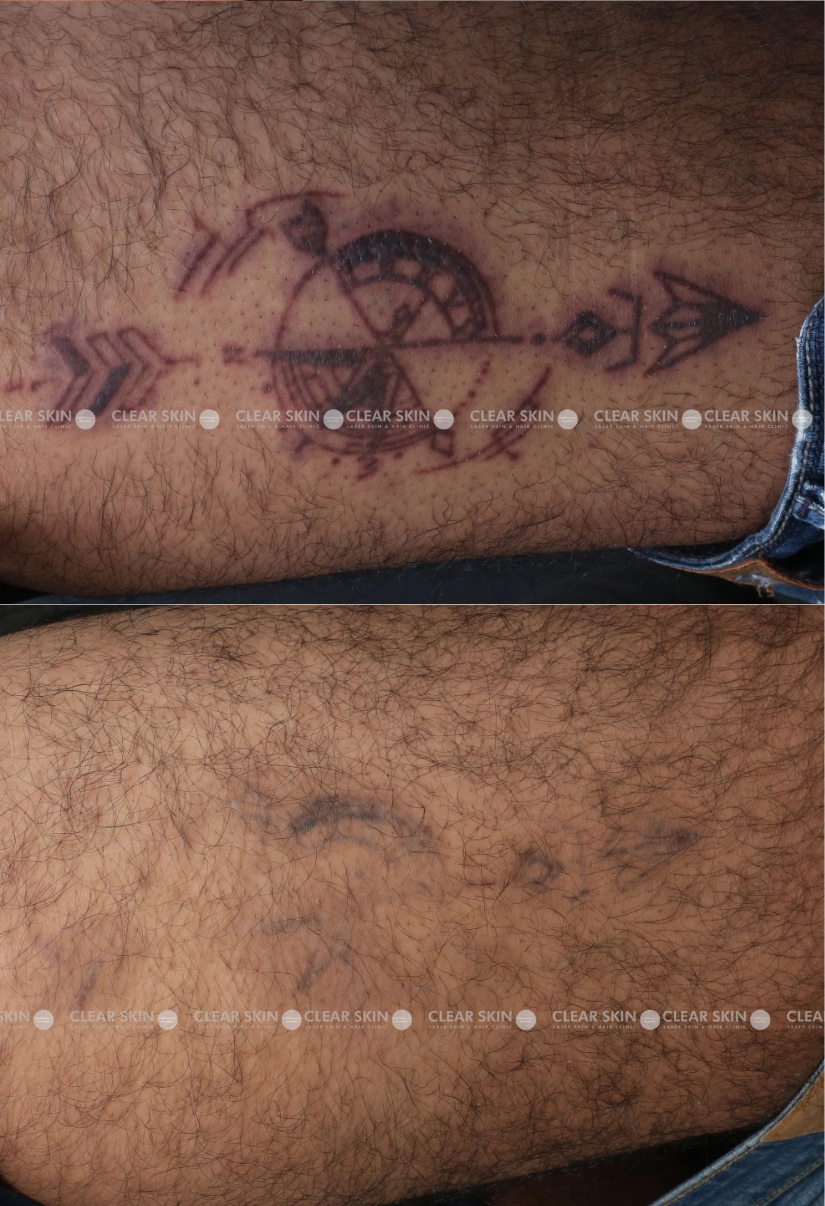
30 yrs old male from Pune
Conditions: Tattoo Removal
Session: 4 sessions
Duration:4 months
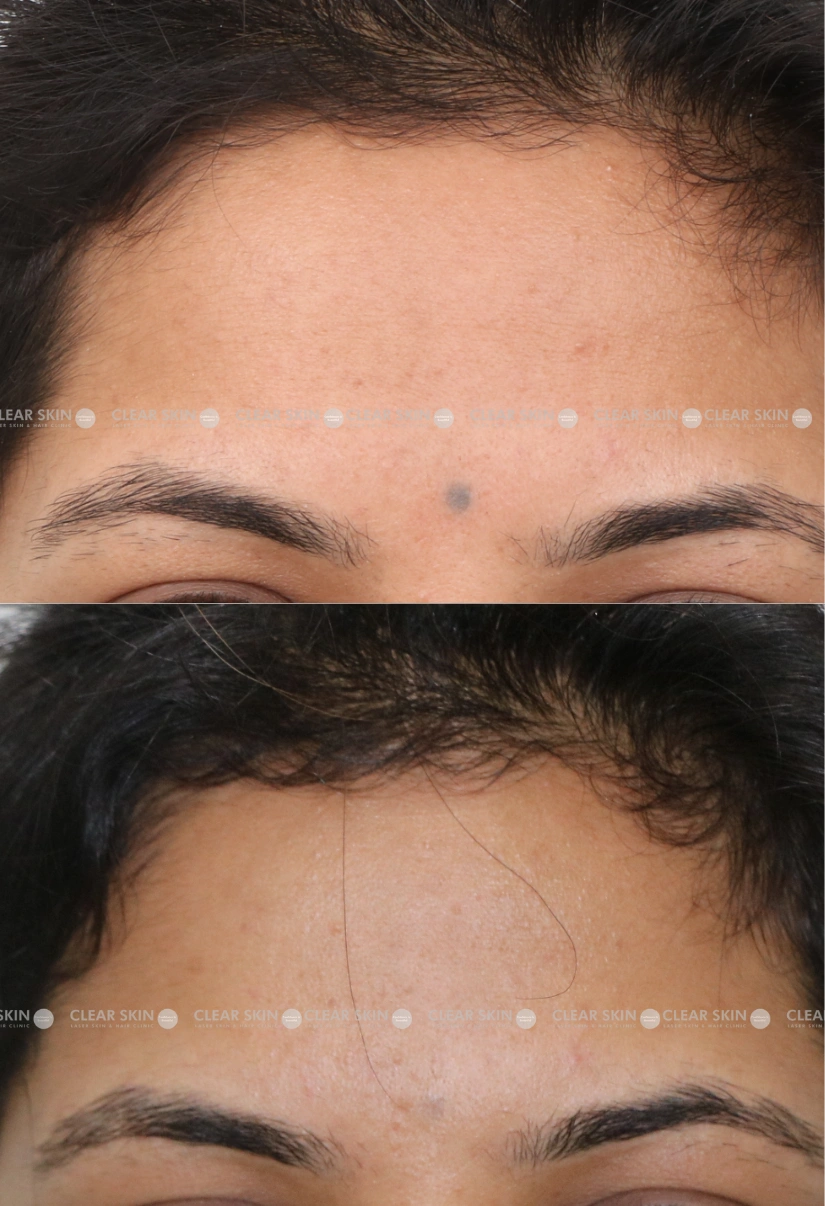
27 yrs old female from Pune
Conditions: Tattoo Removal
Session:2 sessions
Duration:2 months
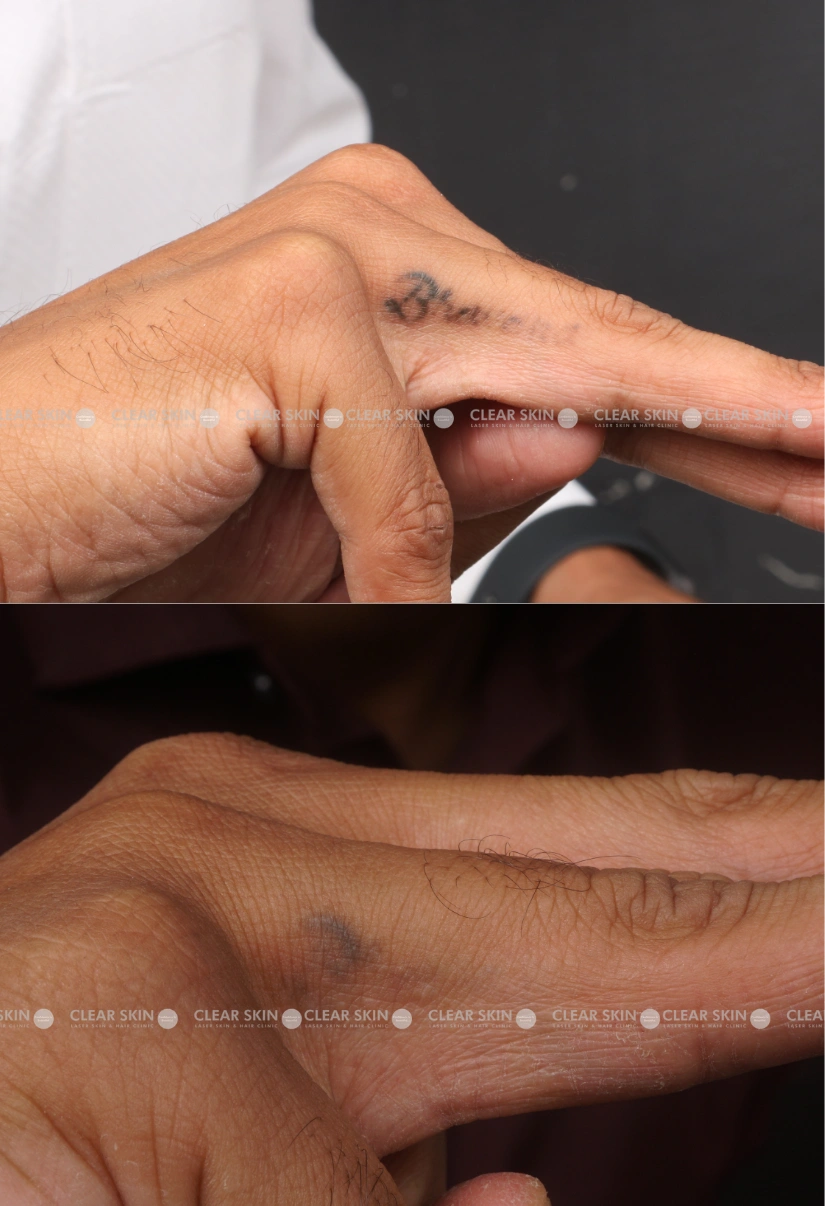
27 yrs old male from Pune
Conditions:Tattoo Removal
Session:4 sessions
Duration:3 months
